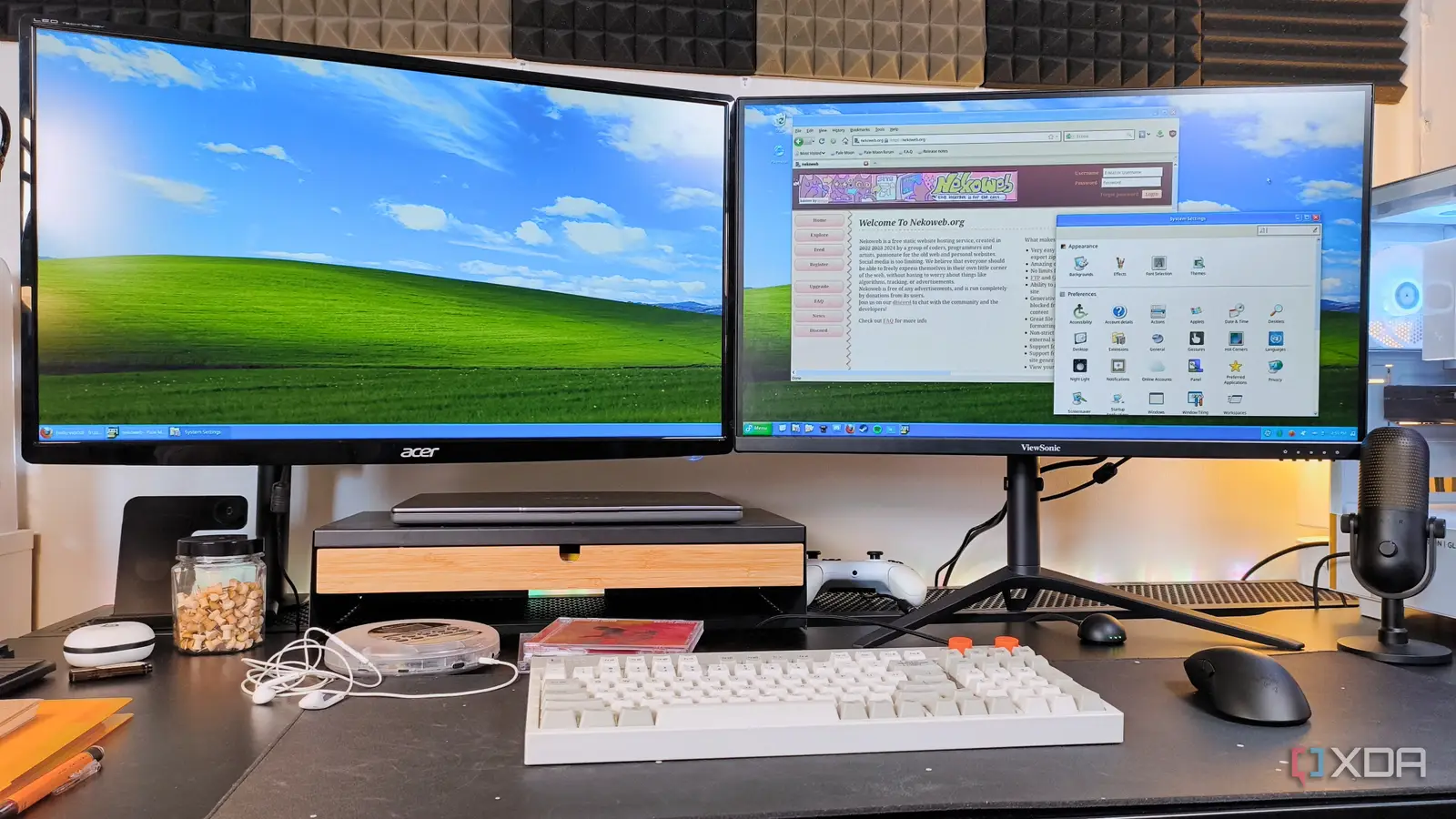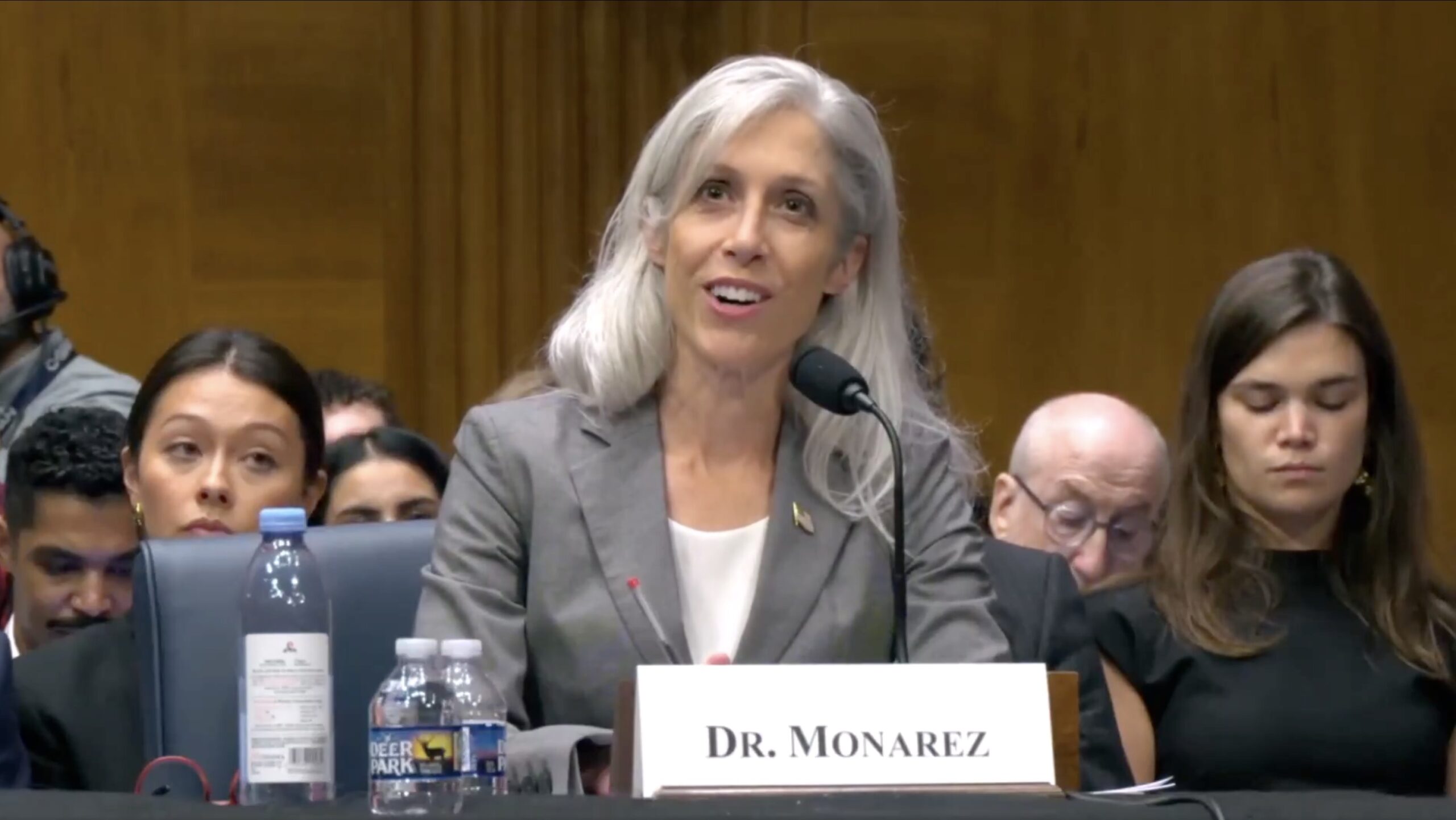
Windows updates often land with all the fanfare of a software license agreement. They are unceremonious and disruptive, and so many users I know put them off until a convenient weekend, when the PC sits idle and updates. We tend to assume most of the changes are arcane, under-the-hood tweaks that, while important, don’t change how we interact with our machines. However, I like to be proven wrong, and when I go snooping in menus and on Reddit, I see how Microsoft slips in some genuinely clever features that fly completely under the radar.
Even when I spend an unhealthy amount of time glued to the PC, small changes that aren’t even mentioned in the main changelog sometimes make the biggest difference to my workflows. Breaking our old, comfortable workflows, completely ignoring the little gems Microsoft has been sprinkling into the OS, is easy. Here are ten little features I’ve started using that have made my Windows experience noticeably better, and they’re so simple to set up, you’ll wonder how you ever lived without them, perhaps just like I did.
Native voice typing support
Almost as good as a smartphone
I’ve often relied on tools like Dragon Naturally Speaking to get ahead of my human limits on typing speed, so I don’t interrupt my train of thought. I was pleased to find a similar voice typing utility in Google Docs, and even more to discover the native one in Windows. Whether you’re drafting a long email, brainstorming ideas in a notepad, or just feeling too lazy to type, Windows has a surprisingly competent dictation tool built right in. This engine is surprisingly competent, like voice typing on iPhone and Android.
To use it, just press Windows Key + H. A small microphone pop-up will appear, and you can start talking. It automatically adds punctuation and understands commands like “delete that.” It’s a fantastic way to get your thoughts down without the friction of typing.
Shake your distractions away
Multitasking masterstrokes
If you have several windows fighting for your attention stacked atop each other, even Windows Task View can feel inadequate at times. My chaotic collage of overlapping windows is quickly dismissed if I just hold the taskbar to the one I want to focus on, and wiggle it around. It’s a nice alternative to starting a frantic clicking spree to minimize everything else. Microsoft officially calls this rather old feature Aero Shake, but it’s still one of the most satisfying ways to clear your desktop.
It also works the other way around. You can undo accidental activation or just bring the organized chaos back by holding the focused window and giving it a good shake again. If it’s not working, you might need to enable it in Settings -> System -> Multitasking and toggle on Title bar window shake. This simple gesture replaces at least half a dozen clicks and gives you a clean, focused workspace in a fraction of a second.
Winget
The command line Microsoft Store, but better
Installing software on Windows has long been a multi-step process that entails finding the website in a sea of imitations, dodging ads, locating the legitimate Download button, then running the installer and clicking Next until the job is done. Oh, and did I forget to uncheck the bundled antivirus bloat? Yes, it is messy, and there is a better way. The Windows Package Manager, or winget, is a command-line tool that lets you install and update most of your favorite applications with a single command.
To use it, open a Command Prompt or PowerShell window and type winget install . For example, winget install VLC will find, download, and install the latest version of VLC Media Player, no browser required. You can even update all your apps at once with winget upgrade –all. It’s a massive time-saver that streamlines setting up a new PC or keeping your current one up-to-date, all without the bloatware.
The God Mode folder
So many settings in one place
The Windows Settings app is a sprawling maze, now split between the Control Panel and a classic Settings app with a fair degree of overlap. The Search function for a specific setting keeps life simple, but some useful ones are really buried in the menu trees, and there is a way to resurface them into a single folder. This is essentially enabling God Mode for your Windows playthrough, and Microsoft calls it that, too.
To make this one spawn, start by creating a new folder where you plan to access it, ideally on the desktop. Then, rename it to the following string. Once done, the folder icon will resemble the Windows Control Panel, but it will still work like a folder, and opening it will reveal a master list of over 200 settings, all neatly categorized. No more guessing whether display settings are under System or Personalization. It’s all right there.
GodMode.{ED7BA470-8E54-465E-825C-99712043E01C}
Slide to shut down
Ă€ la iPhone
This one is a bit of a gimmick, but it’s a cool one, especially if you have a touchscreen device. Instead of navigating the Start menu and fat-fingering Restart instead of Shut Down, you can create a shortcut that shuts down your PC by sliding a shade down your screen. It feels futuristic and is surprisingly convenient. Enabling it is really easy too.
Just right-click on your desktop, select New -> Shortcut. In the location box, type the following text:
C:\Windows\System32\SlideToShutDown.exe
Click Next. Give it a name, and you’re done. You can pin this shortcut to your taskbar or Start menu for one-click access. It’s a neat little party trick that’s also a genuinely faster way to power down.
Send To wherever you please
Customize that menu now
The Send To option in the right-click context menu is one of those features that’s brimming with potential but is criminally underutilized by default. Sending a file to a compressed folder is handy, I guess, but you could send it directly to your Google Drive, a specific project folder, or open it in your favorite photo editor as well. All it needs is a little setup, like mapping a network drive, and you’re off to the races.
Start by hitting Windows + R to pull up the Run dialog, then type shell:sendto and hit Enter. A File Explorer window will open, showing you the shortcuts that populate the Send To menu. You can delete the ones you don’t use and, more importantly, add your own. Just drag a shortcut to a folder (like your Dropbox or OneDrive folder) or even an application into this window. Now, that destination will be a right-click away for any file you need to ship off in a hurry.
Video recording with the Snipping Tool
That too, for just a region of the screen
For the longest time, I used the Xbox Game Bar’s screen recording utility in Windows, even for simple tasks. It would record the entire screen on every connected display, and I’d spend a while cropping the output. Now, the Snipping Tool, accessible using Win + Shift + S, serves double duty as a screenshot grabber and screen recorder.
Open the Snipping Tool using the keyboard shortcut. You’ll see a camera icon next to the scissor icon. Click it to switch to video mode. You can then select a specific portion of your screen and hit record. It’s perfect for creating quick, lightweight video clips to send over Slack or email, replacing the need to install and learn a whole new program for simple recording tasks.
Virtual desktops
Keep work separate from play
If you’re working on a single monitor, things can get cluttered fast to a point where even the shake-to-minimize option feels inadequate. Virtual Desktops are a game-changer for organizations, allowing you to create separate, distinct workspaces for different tasks. It’s like having multiple monitors, but completely free. You may have seen a preview in the Task View accessible when you hit Windows + Tab.
At the bottom, you’ll see an option to create a New Desktop. You can make several — one for work, one for communications, one for personal browsing, etc. You can drag open applications between desktops from this view or use the keyboard shortcut Ctrl + Win + Left/Right Arrow to switch between them instantly. It’s a powerful way to compartmentalize your workflow and keep your focus laser-sharp on the task at hand.
Windows Sandbox
A VM without needing one
Ever downloaded a program you weren’t sure you could trust or received an email attachment that looked a little suspicious? The Windows Sandbox is your personal, disposable PC for testing these things safely. It’s an isolated, temporary desktop environment that runs separately from your main system. That sounds a lot like a virtual machine, and it technically is, but the setup is far simpler than you might imagine.
So long as you have Windows Pro, Enterprise, or Education versions, just search for Turn Windows features on or off in the Start menu. Open the window and scroll down to check the box for Windows Sandbox. After a quick restart, you can launch Sandbox like any other app. It creates a pristine, clean copy of Windows where you can run untrusted software. When you close the Sandbox, everything inside it is permanently deleted for good, leaving your main system untouched if something goes sideways. Moreover, you don’t need to restart after the one instance when you enable this feature.
Kill without the task manager
Right in the Taskbar
When apps freeze, there is an awful silence from Windows, interrupted by your frustrated clicking, only for it to grey out the window before giving you the option to force-close the application. Before that, Windows unhelpfully tries to look for solutions as well, even though a simple app restart may be the fix needed. Otherwise, you’re forced to perform the three-fingered salute (Ctrl + Alt + Del) to summon the Task Manager and hunt down the rogue process. A recent Windows 11 update introduced a much faster way. You can now enable an End task option directly in the taskbar’s right-click menu.
This is another opt-in feature. Go to Settings -> System -> For developers and toggle on the End task option. The next time an application hangs, just right-click its icon on the taskbar and select End task. This is easily one of the best quality-of-life improvements for power users in years, turning a multistep annoyance into a single, satisfying click.
Power users are the sum of their little tricks
On their own, each of these tweaks might seem minor. But when you start integrating them into your daily habits, the cumulative effect is a Windows experience that feels faster, smarter, and more tailored to you. These lightweight, dependable tools prove that the best features aren’t always the ones that get mentioned in an update changelog. They’re the muted workhorses that fly under the radar, just waiting for curious power users to uncover them. My only surviving regret is that I didn’t start using these features sooner.



